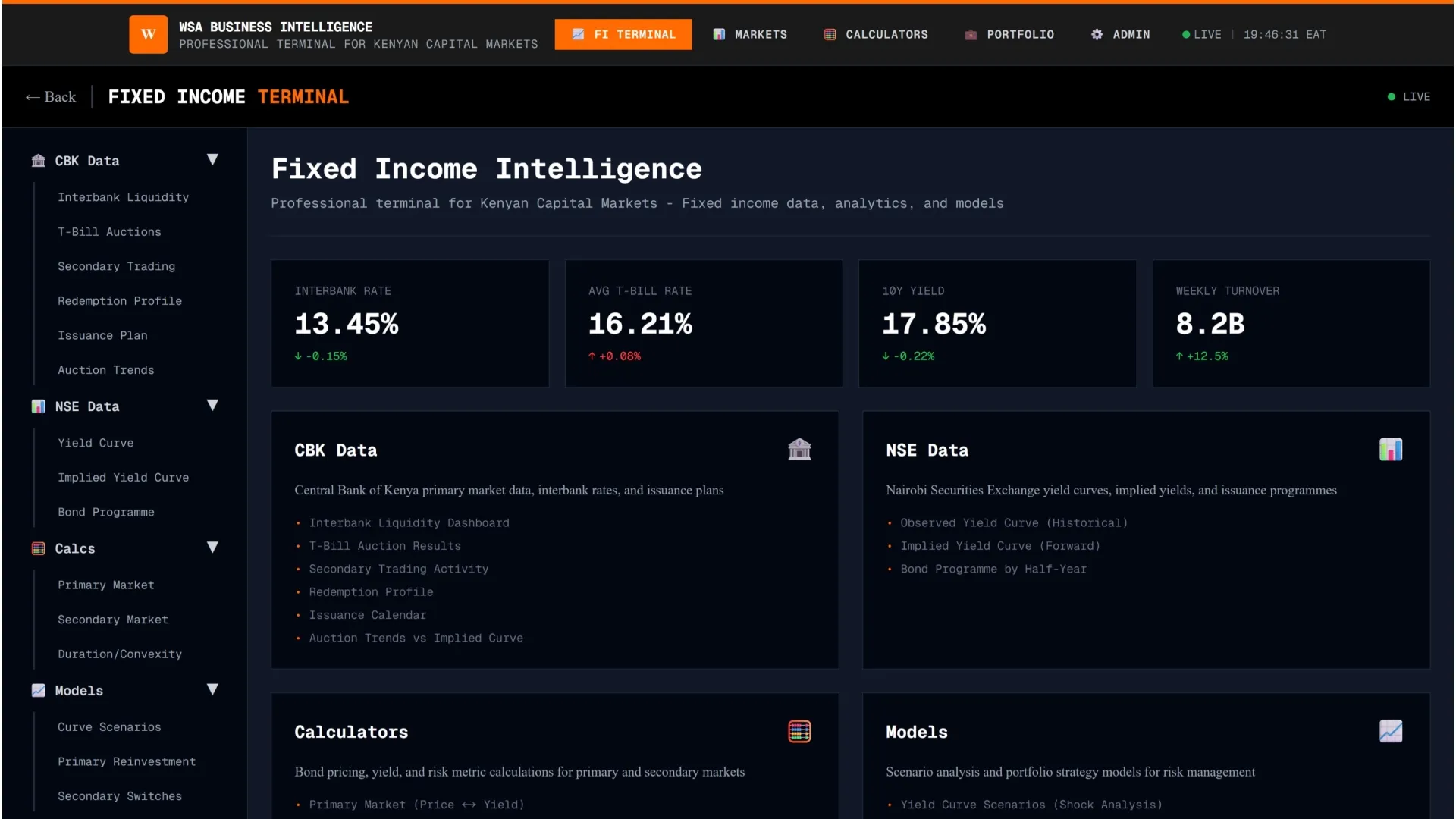Kenya’s pension industry closed 2024 on a high, with retirement savings hitting Ksh 2.23 trillion from KSh 1.84 trillion in 2023, according to the 2024 Statistical Digest by the Retirement Benefits Authority (RBA)
- •Nearly half of the industry’s money (48.5%) was parked in government securities, which are considered safe and steady.
- •Guaranteed funds took another 20.8%, while real estate (10.7%) and shares (8.5%) made up much smaller chunks, while offshore investments and alternatives like private equity remain tiny but are slowly gaining ground.
- •Behind the stellar portfolios, the RBA says the industry is facing significant risks in overexposure, unpaid contributions, and runaway expenses.
“The heavy focus on government securities gives stability but also creates risks if too much is tied to one area,” said Charles Machira, CEO of the Retirement Benefits Authority (RBA). “That’s why schemes need to diversify into other investments like infrastructure, real estate, and offshore markets.”
The industry is also unevenly distributed, further worsening the concentration risks. With 7.53 million members in 951 pension schemes, the industry now accounts for 13.74% of GDP and has been growing by 11.6% annually since 2012. The bulk of the industry’s total assets, 62.92%, is concentrated in schemes with assets over KSh 10bn. The five pension schemes with assets above KSh 50 billion account for nearly a third of the total fund value.
On the opposite end, the 233 pension schemes with assets under KSh 100 million, and the 329 schemes with assets between KSh 100 million and KSh 500 million only account for 0.44% and 3.68% of the total fund value respectively. In 2024, the two smallest scheme groups were the only ones that reduced in number, while the biggest schemes increased from just 2 in 2023 to 5 in 2024.
Deducted but not Forgotten
Money deducted from salaries but not passed on to pension schemes now stands Ksh 69.4 billion, doubling in between 2021 and 2024. Of this, Ksh 14 billion was less than a month late, more than double the previous year, while a staggering Ksh 55.4 billion had been outstanding for more than a month. Most of this is linked to public sector employers who continue to delay payments.
Running pension schemes is also getting more expensive. Total costs jumped to Ksh 41.9 billion, up 15%. Staff salaries, administration, and taxes led the rise, while “other expenses”, mainly bad debts from unpaid contributions, ballooned to nearly Ksh 12 billion. Payments to external service providers like fund managers and custodians also rose sharply, with property management fees more than tripling.




